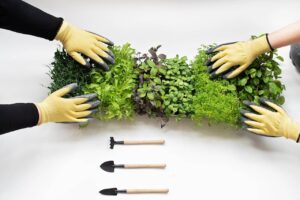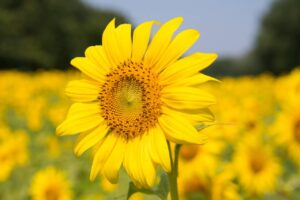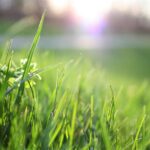
As the leaves change color and become more beautiful this is the perfect time to prepare for fall lawn care. The change of season brings certain adjustments to the regular lawn maintenance routine. A healthy, thick, and green lawn in the spring creates a stunning beauty.
The lawn’s spring green-up depends upon the maintenance before winter dormancy. Warm-season grass enters a period of rest and preservation when sunlight and heat are unavailable. During this period it conserves its nutrients and enables it to survive the low temperatures of the winter. Cool-season grass also enters dormancy but in the summer season.
There are plenty of simple and effective ways to prepare a beautiful lawn. To ensure a lush green lawn in the spring, some low-maintenance tasks should be done in the fall. Some fall lawn care tips including aeration, fertilization, overseeding, maintaining moisture, and mowing height significantly impact the health and aesthetics of spring lawns.
For the spring season, there are several choices for an elegant green lawn. These varieties are Zoysia, Bermuda, Augustine, Centipede, Fescue, Carpetgrass, and others.
Here are fall lawn care tips that will help your lawn dazzle in the spring:
1. Clear Weeds
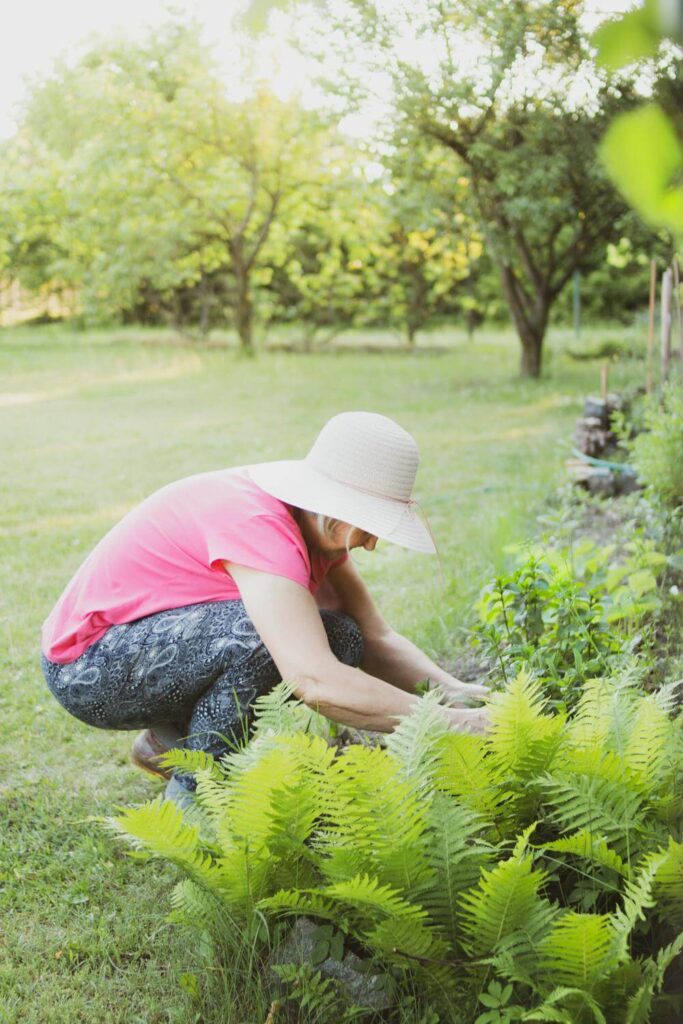
Weeds grow all year round. Weeding and clearing out dead plants keeps the soil nutrition-rich. It also prevents weeds from growing further. Weeds absorb energy in the fall and ruin the chances of growing a healthy lawn. Fall is the perfect time to tackle the weeds before they become a problem in spring.
Smaller weeds remain shaded when the lawn is fully developed. For larger weeds use your weeding tools to pull up these troublesome plants with their roots. Select the weeding tools depending on the lawn size and the weed type to remove. An ideal tool should be comfortable to use.
You can also use weed killers to remove them. Weeds are in drinking mode everything including weed killers. After reading the instructions for their use, apply the herbicides and get rid of weeds in spring. The herbicides should be applied before the seed plantation or after mowing the seedlings two to three times. Pre-emergent herbicides prevent the weeds from growing and post-emergent herbicides treat existing weeds.
2. Rake the Leaves
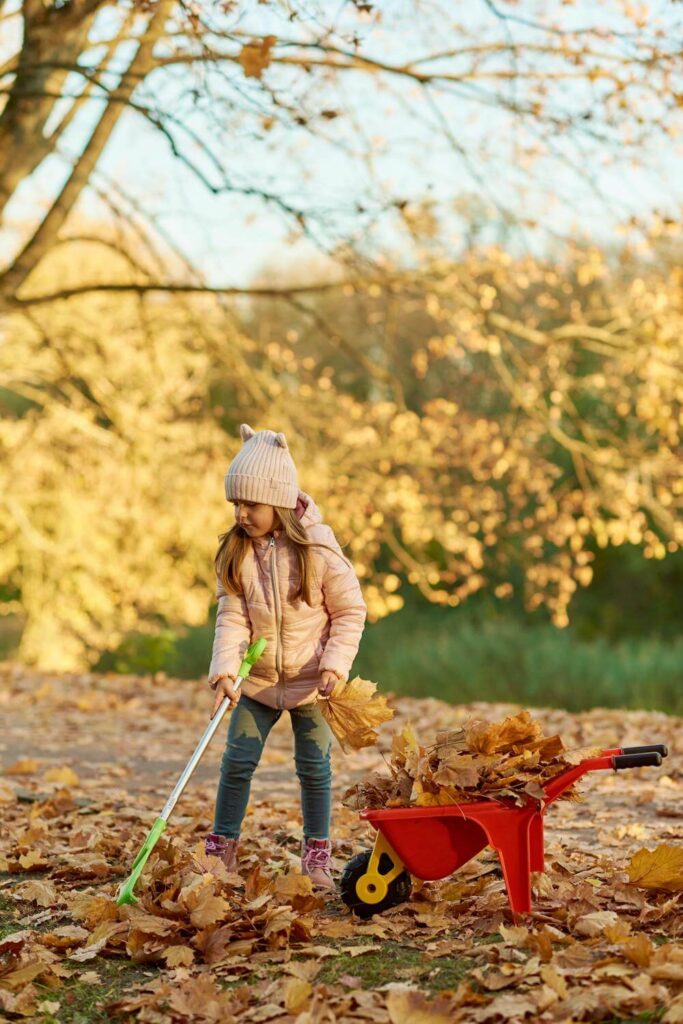
The dead fallen leaves should be removed as soon as they fall. The leaves, pine needles, and fallen sticks are also fire hazards. The leaves falling on the lawn block sunlight. The sunlight is most needed at this time for carbohydrate storage. The leaves become wet in rain and dew. They stick together and form an impenetrable sheet. This sheet suffocates the grass in the lawn and finally leads to the development of fungal diseases.
The leaves can be removed by raking, blowing, or by mulching with a mower. A mulching mower shreds small amounts of leaves and these are organic material to the soil. Even after the trees are bare, wind piles up the leaves in the corners of the lawn. Continue raking the ground repeatedly.
A lawnmower fitted with a collection bag or a vacuum is another alternative. If the lawn is very large having many deciduous trees, this is a convenient way to get rid of leaves. This prevents the grass from the damage created by soggy, suffocating, and decaying mats of leaves. You can apply any of the methods, but the ultimate goal is to remove the mess.
3. Dethatch and Aerate the Soil
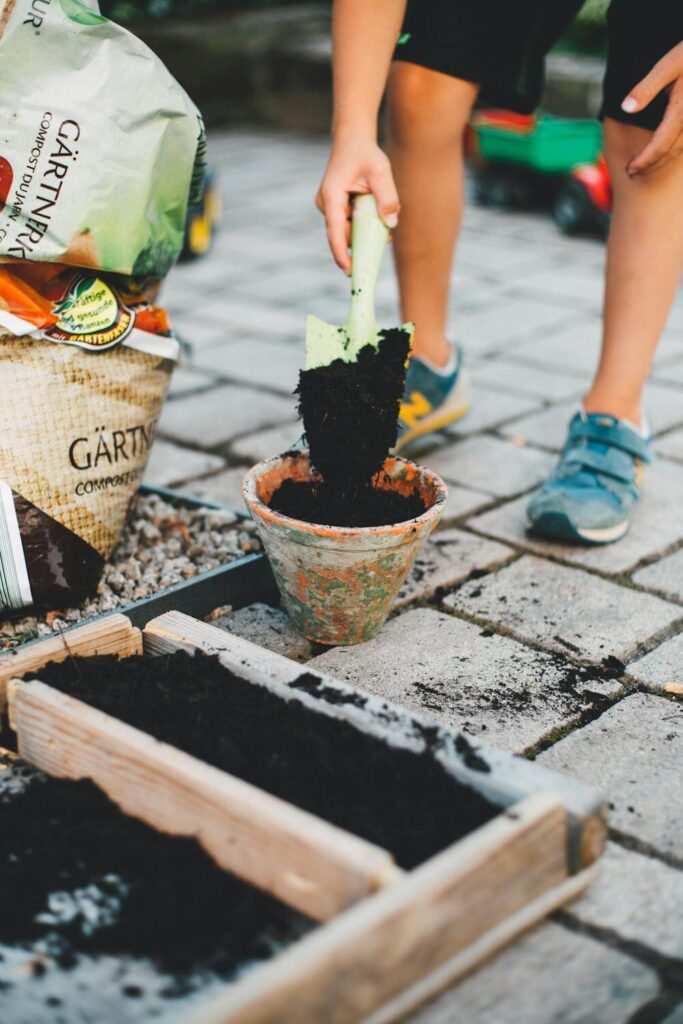
To aerate and dethatch the soil in the fall is vital for the healthy growth of the lawn. This is essential so that the oxygen, water, and fertilizers reach the root of the grass more easily. Aeration of the soil helps in developing stronger root systems.
It prevents thatch, improves drainage, and loosens the soil. Thatch is an intermingled layer of living and dead plants. It resembles a peat moss layer accumulated on the surface of the soil. Excess of thatch generates diseases and insects. This is one of the vital fall lawn care tips.
A core aerator punches holes through the thatch and pulls up the plugs of the soil. A vertical mower removes excess thatch that has accumulated over time. After vertical mowing hand rake the loose thatch from the surface and leave the soil. The best time to aerate and thatch the warm-season grass is in spring.
4. Fertilize the Lawn
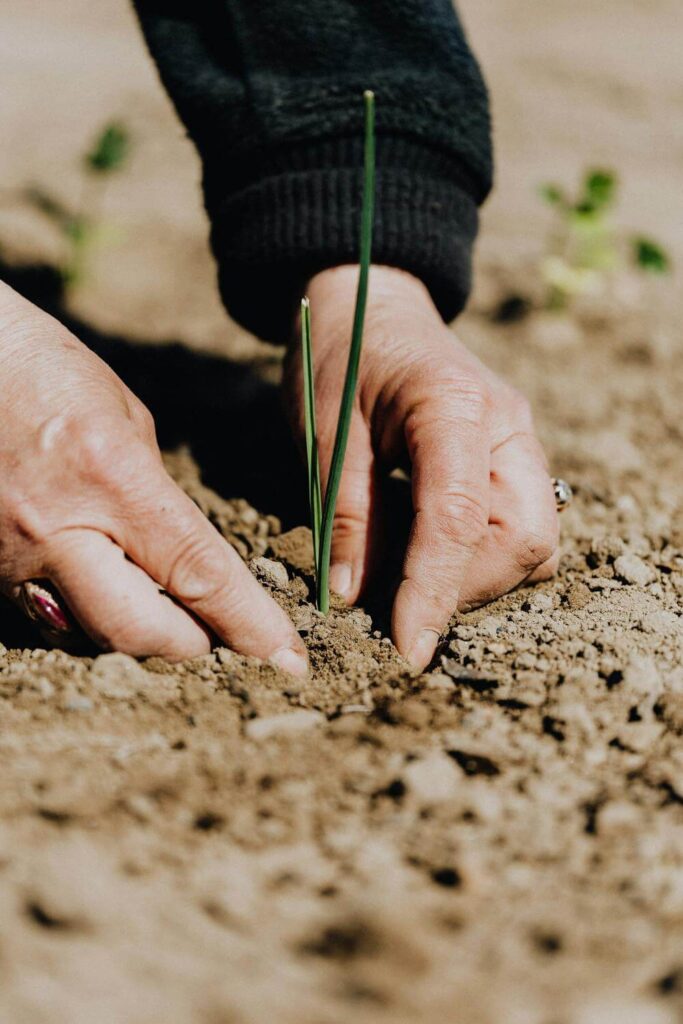
Fertilizing in the fall equips the lawn with essential nutrients. It helps to survive the winter and vigorously bounce back in the spring. During this time grass roots and rhizomes grow quickly. Rhizomes produce the blades of grass above and roots below the soil. Fertilizers deliver enough nutrients for the grass to grow deep roots and a healthy start.
Fertilization improves the appearance of the lawn. It paves the way for a lush green lawn in the spring when the temperatures are warmer. Balanced slow-release fertilizers at the right time will help the grass to store nutrients during the winter. The number of applications depends upon the soil types, cultural practices, and other factors.
The fertilizers containing nitrogen, phosphorus, and potassium should be used in the right proportions and types of soil. Potassium helps in the growth of the roots, disease protection, and drought tolerance.
5. Water the Lawn
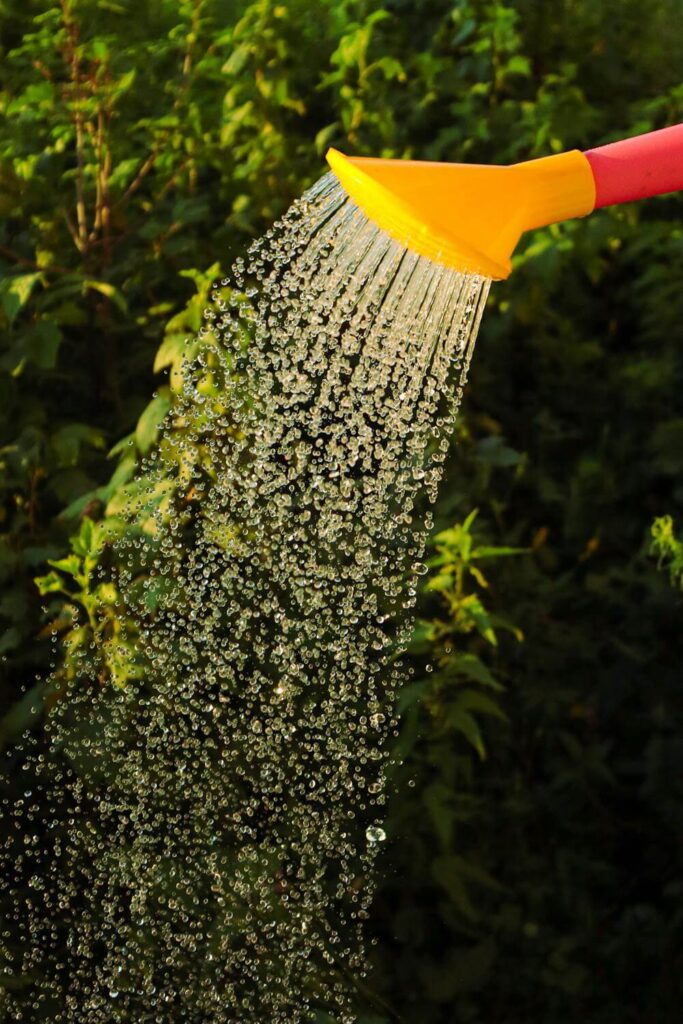
The whole lawn needs to be watered. Water the lawn a couple of times before frost sets in. The best time to apply water is late morning or afternoon. Watering in the morning is best for minimal evaporation. Watering the lawn in the evening can grow fungus in cooler night temperatures.
The weather at this time is not enough to keep the roots of the grass enough hydrated. The lawn should be prepared for winter dormancy. It needs to be healthy to sprout in spring. To prevent freeze damage watering the lawn should be stopped completely after the freezing temperature starts. Regular lawns need about an inch of water every week. Water deeply but infrequently to encourage profound root growth.
6. Spread the seed
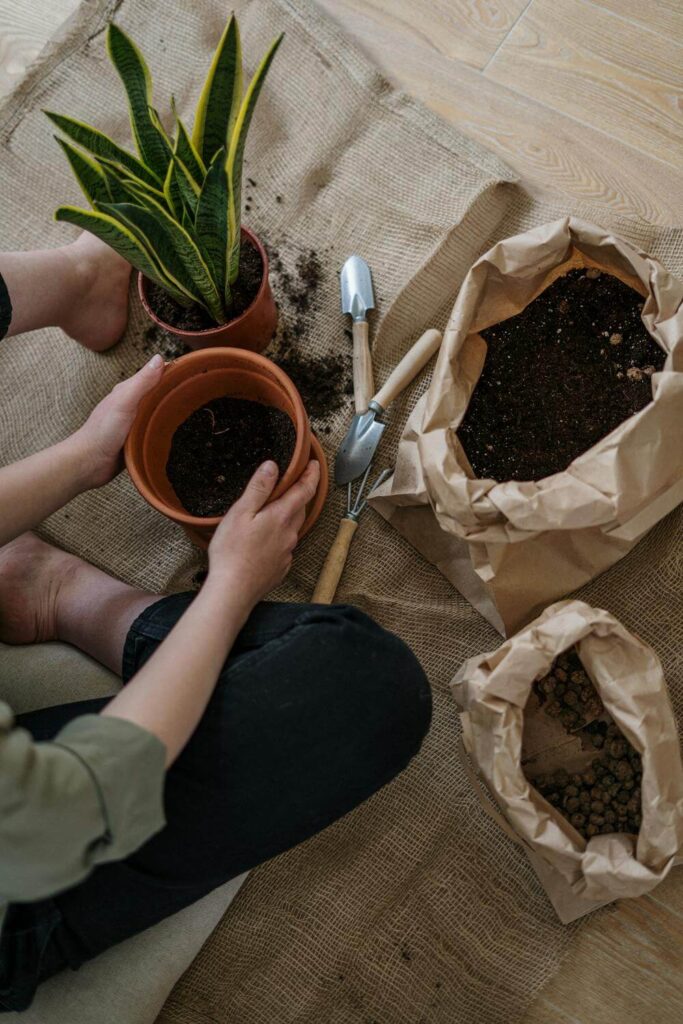
The weather conditions are ideal for the growing season. Fall conditions are ideal and the perfect time for germinating grass seeds. During this time the ground is still warm, moisture is more plentiful, the sun is not very hot and nights are cool.
The bare spots in the lawn need to be reseeded this fall. Overseeding thin lawns pays off with thick strong spring grass. This process fills in bare patches thickens and revitalizes the lawn. Replenishing the thin, barren, and damaged area enhances the lushness of the lawn. The lawn becomes dense, and vibrant and fosters a verdant presentation.
Select high-quality grass seed species that are adaptable to the lawn. You can use a drop seeder for sowing. After the starter fertilizer and seed are broadcasted, lightly rake the area to cover the seed. Roll the area lightly to firm the soil around the seed.
7. Mow the lawn
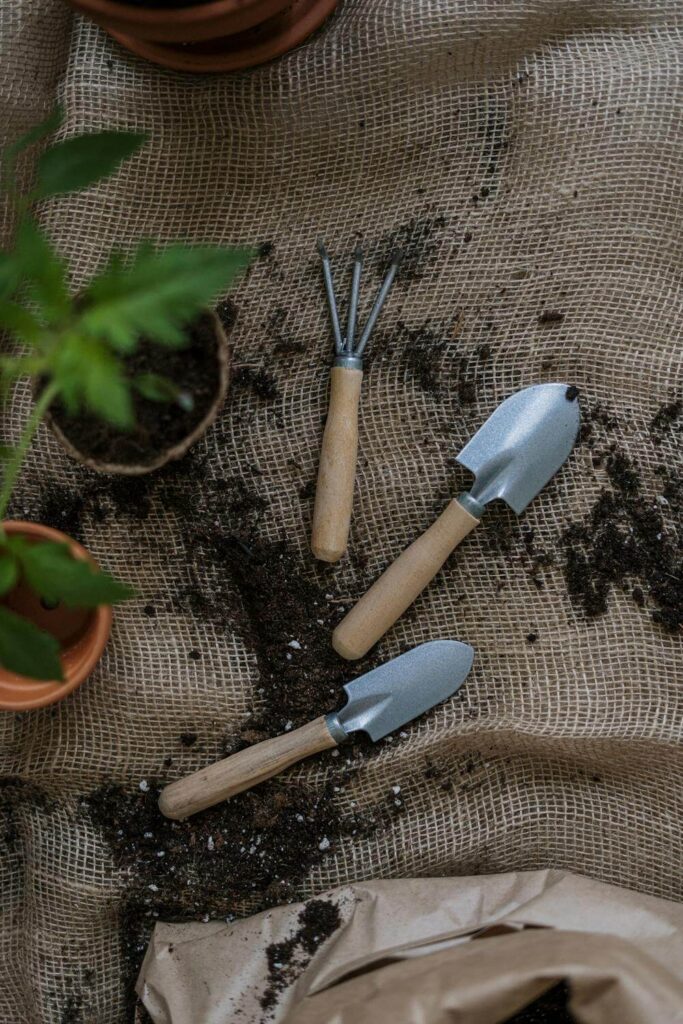
As the season progresses into fall mow grasses shorter than in the warm season. Grass continues to grow up to the first hard frost. If they grow too long it will mat and become vulnerable to fungi. Cutting the lawn helps prevent the grass from matting down under leaves and snow. The appropriate height recommended is 2.5 to 3 inches.
Very short-cutting curtails the root system. Taller mowing heights produce healthier grass. It resists drought and is less affected by weeds, insects, and diseases. When the weather turns cooler the growth becomes slower. Stop cutting until spring when it stops growing.
Conclusion
To get a healthy, lush green, and thick lawn, fall lawn care tips are crucial. Some of the main fall lawn care as discussed are to clear the weeds from the ground. These weeds become a problem in the spring. The lawn should be raked to remove leaves, pine spikes, and fallen sticks.
The soil should be dethatched and aerated for the healthy growth of the lawn. The lawn should be fertilized with mild fertilizers and watered at regular intervals. Overseeding helps to cover the bare spots and thick growth of beautiful lawns. Mowing the lawn in the fall is vital for a beautiful lawn in the spring. These fall lawn care tips when implemented seriously present a luscious turf that will last until summer and beyond.


